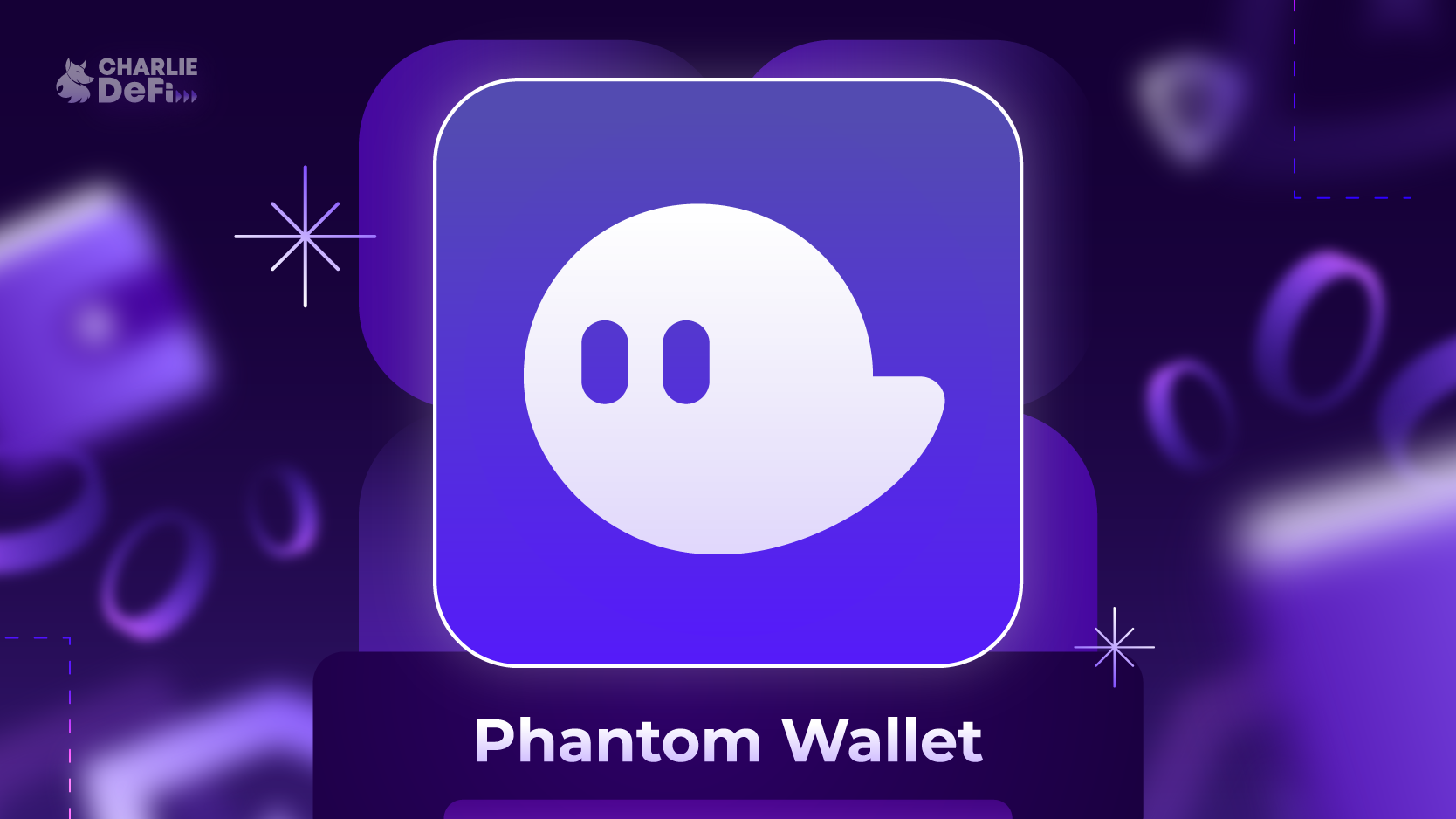So, I was scrolling through some NFT drops the other day and noticed something odd. Most chatter was about Ethereum, but Solana’s been quietly flexing in the background. Really? Yeah, seriously. NFTs on Solana aren’t just cheaper; they’re lightning fast. Wow! That speed alone can flip the whole game for artists and collectors alike.
Initially, I thought, “Okay, cheaper gas fees—big deal.” But then I realized Solana’s architecture is built for scale. The proof-of-history consensus mechanism, while a mouthful, basically means transactions get recorded in a way that’s both quick and secure. This isn’t just hype; it’s a legit upgrade in blockchain tech.
Here’s the thing: if you’re diving into NFTs on Solana, you absolutely need a reliable wallet. My instinct said Phantom is the way to go. It’s like the MetaMask of Solana but sleeker, more user-friendly, and—crucially—designed with NFT interactions in mind. I mean, trying to buy or stake SOL tokens without a proper wallet is like trying to buy a ticket to a concert that doesn’t exist yet.
Speaking of staking SOL, I’ve been messing around with it a bit. Hmm… staking feels a bit like putting your money in a high-yield savings account, but with the thrill of crypto volatility. You lock up your SOL, and in return, you earn rewards. But it’s not without risks. On one hand, staking boosts network security and your passive income; on the other hand, price swings can be brutal.
Okay, so check this out—staking on Solana is more accessible than Ethereum’s proof-of-stake because of how fast the network runs. It’s almost like the difference between waiting in a DMV line versus grabbing a coffee at your local shop. And getting started? You just need a solid wallet like the phantom wallet. It’s pretty intuitive, even for folks who aren’t crypto pros.

Why Phantom Wallet is Your Best Bet for Solana NFTs and Staking
I’ll be honest—wallets can be a pain. Clunky interfaces, confusing security jargon, and sometimes downright scary permissions. Phantom wallet cuts through all that noise. It’s got a sleek UI and integrates seamlessly with popular NFT marketplaces on Solana like Magic Eden or Solanart.
Something felt off about other wallets I tried before—slow load times, flaky connections. Phantom, though? It’s quick and stable. Plus, it supports hardware wallets, so you get that extra layer of security. Honestly, that’s very very important if you’re holding valuable NFTs or staking significant amounts of SOL.
My first experience was a bit bumpy—I forgot to back up my seed phrase (rookie mistake)—but after that, it all clicked. The wallet makes sending and receiving SOL and SPL tokens straightforward. And the built-in swap feature? It’s like having a mini exchange right in your browser extension.
Oh, and by the way, Phantom recently added support for NFTs display right inside the wallet, so you don’t have to jump between apps to admire your collection. This little detail bugs me with other wallets; it’s such a convenience boost.
On the security front, remember that no wallet is 100% foolproof. Phantom uses encryption and local key storage, but phishing attempts still happen. Keep your guard up, and always double-check URLs before entering your credentials or approving transactions.
Navigating the Solana Ecosystem: NFTs, Staking, and Wallets
Okay, so here’s where things get a bit tangled. NFTs on Solana are cheaper and faster, but the ecosystem isn’t as mature as Ethereum’s. That means fewer marketplaces, though the ones that exist are growing fast. It’s a trade-off: you get speed and low fees but sometimes at the expense of liquidity or hype.
Still, staking SOL ties into NFTs in cool ways. Some projects offer NFT holders extra staking rewards or exclusive access to drops. It’s like a VIP club where your digital art doubles as a membership card. Pretty neat, right?
But what about risks? Solana has faced network outages in the past, which can freeze transactions and possibly mess with staking rewards. Not ideal. That said, the team is actively working on fixes, and community trust seems to be holding steady.
Something I learned the hard way: always keep some SOL liquid in your wallet for gas fees and unexpected needs, even if you’re staking most of it. Phantom makes it easy to toggle between staking and spending, so you’re not locked out if the market suddenly moves.
My experience with the phantom wallet has been mostly positive, but I’m not 100% sure it’s the end-all solution for everyone. Some power users prefer command-line tools or hardware wallets exclusively. Still, for the average NFT enthusiast or staker, it hits the sweet spot between usability and security.
Final Thoughts: Where Solana and Phantom Wallet Take You Next
Looking back, I started this thinking Solana was just a cheaper Ethereum clone for NFTs and staking. But nope, it’s a whole ecosystem with unique quirks and advantages. Phantom wallet feels like the natural gateway—simple enough for newbies but rich enough for seasoned users.
That said, the space is evolving quickly. New wallets, staking protocols, and NFT projects pop up all the time. So, if you’re serious about jumping in, keep your eyes peeled and don’t be afraid to experiment a bit.
Honestly, it’s exciting to watch this unfold. The combination of Solana’s speed, cost-efficiency, and Phantom’s user-friendly design could bring crypto collectibles and staking into the mainstream. Just remember to play smart, stay informed, and maybe keep a backup of those seed phrases somewhere safe (not your laptop, please!).
Anyway, if you want to dip your toes in, grab the phantom wallet and see where it takes you. I’m still figuring out some nuances myself, but that’s part of the fun, right?







